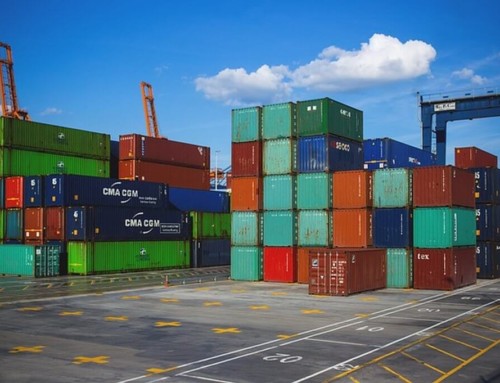
A map of colonial Africa
ZIMSEC O Level History Notes:Scramble and Partition of Africa:Economic Factors that led to the Scramble and Partition for Africa
- New industrialists needed raw materials for their industries which were readily available in Africa
- The raw materials included rubber, timber, gold, cotton among others
- The discovery of diamonds at Kimberly in Southern Africa led to many European powers rushing to Africa to sign treaties with local chiefs
- There was a great depression in Europe and Africa seemed to provide a way out of the depression
- The need for new markets for goods produced in industries also led to the scramble for Africa
- Most European countries followed Britain in industrialization and began imposing high duties on imports which prevented most countries from exporting their goods across Africa
- Africa remained the only option for exporting as its markets could be controlled by mother countries
- Industrialists earned huge profits from their factories and mines, so there was need to invest their profits and Africa provided the investment base
- Investments in Africa was more profitable that in Europe especially in the Kimberly diamond mines which was double or even treble sometimes
- Population increased in industrialized countries and surplus populations were settled in Africa
- Industrialization resulted in invention of new technology which enabled industrialized countries to conquer more lands, for example, the steam ship made movement of Europeans to Africa easier
- Merchants, traders, explorers and missionaries who were already living in Africa like Robert Moffat persuaded local chiefs who trusted them to sign treaties to sell their states
- Cheap and strong labour was also readily available in Africa to further the activities of the colonial masters
To access more topics go to the History Notes page.







